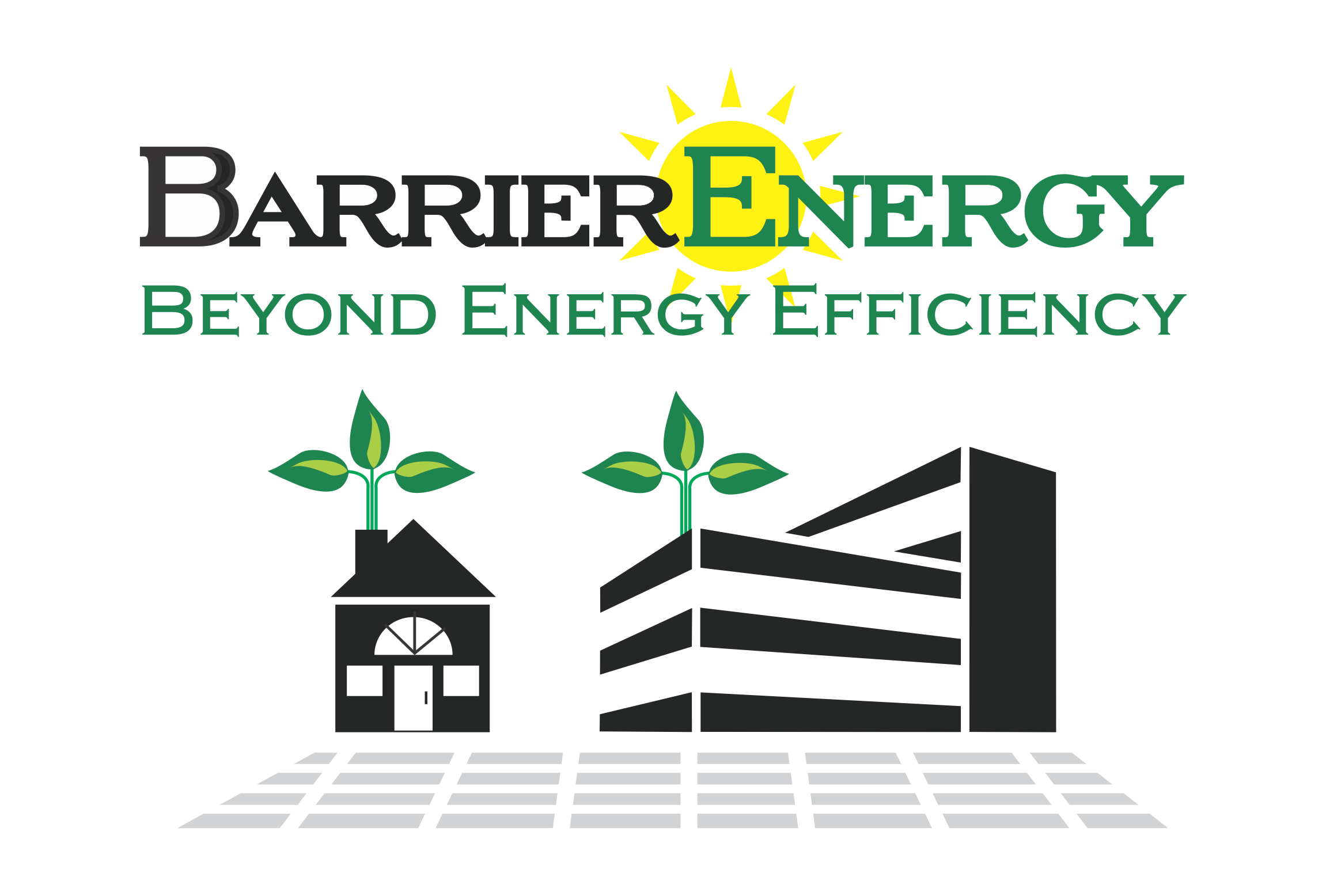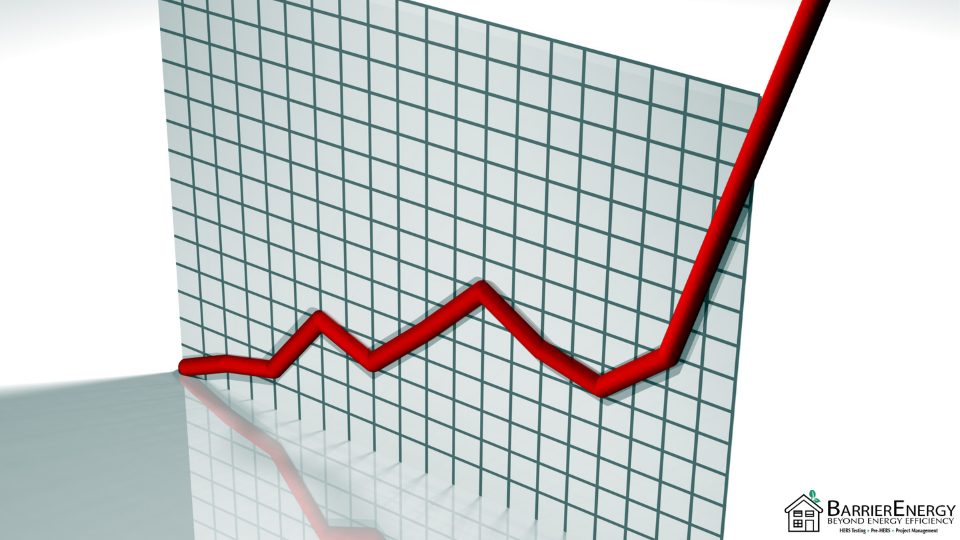Zero-Net Vs. Net Positive:
California’s stride towards Zero-Net Energy has unearthed an even greater possibility for the future of buildings: Net Positive Energy. A building that goes below zero on the HERS Index has an energy surplus. Basically, a Net Positive Energy Building produces more energy than it consumes. How, may you ask? Net Positive is achieved through on-site energy generation, such as alternative energy. Typically, it’s best to pair this type of system with battery storage in order to cultivate long-term energy security.
New Construction:
Before assessing the size of the alternative energy source, figure out how to minimize energy usage with efficiency. While building an energy-efficient home is slightly more expensive, it’s also going to have a higher value. Chiefly, that value comes from reduced operating costs and energy security. Energy security means owners will have peace of mind even if the grid goes down. Net Positive Buildings go above and beyond. Ultimately, if you can afford to build, you can also afford to build a net positive energy building. Certainly, there is a niche market for eco-aware buyers and owners.
Of course, there are ways to keep costs down when building a Net Positive Energy structure. You’ll need to place a key focus on design. An Energy Consultant will help you choose the most efficient construction methods, appliances, and equipment. In this case, you’ll need to take into account the expected occupancy of the space and how much energy will be used. Then, maximize your usage of space in order to keep the size as small as possible. Don’t forget to take advantage of incentives and loans being offered in your area. Another option is to utilize a solar-ready design so that the owner can convert it into Net Positive later at their discretion. Install micro-inverters instead of standard inverters to allow for this transition.
Upgrading Existing Buildings:
The first step to transforming an existing building into a Net Positive Energy Building is to assess your current energy usage. Start by monitoring your energy usage with a meter, or have a technician perform an energy audit. Then, make as many efficiency upgrades to the building as possible. This will reduce energy, and thusly, the load on the alternative energy system. Now, it’s time to lay out the blueprint of your solar, or energy-generating system. For example, the solar system may still be oversized, but you’ve already minimized that necessity with steps one and two.
Reaping the Rewards of Net Positive Energy Buildings: 
We’ve already listed a couple of reasons why Net Positive Energy can be beneficial, such as lower energy bills and increased energy security. Furthermore, you can store excess energy and use it for other purposes. Some common ideas are powering an electric vehicle, electric landscaping equipment, or electric decoration. In essence, you can operate entirely independently! Alternatively, some states allow owners to sell energy back to the utility. In California, Assembly Bill 920 legalized this concept, known as net metering. Discover if net metering regulations are effective in your state, on the Database of State Incentives for Renewables and Efficiency.
BarrierEnergy:
If you’re interested in Net Positive Energy Buildings, BarrierEnergy is here to help. Our licensed technicians deal with energy-efficient buildings on a daily basis. We offer Energy Consulting from design to implementation. For residents on the southern coast of California, we can provide an energy assessment/audit. Contact us for a free quote today.



Recent Comments